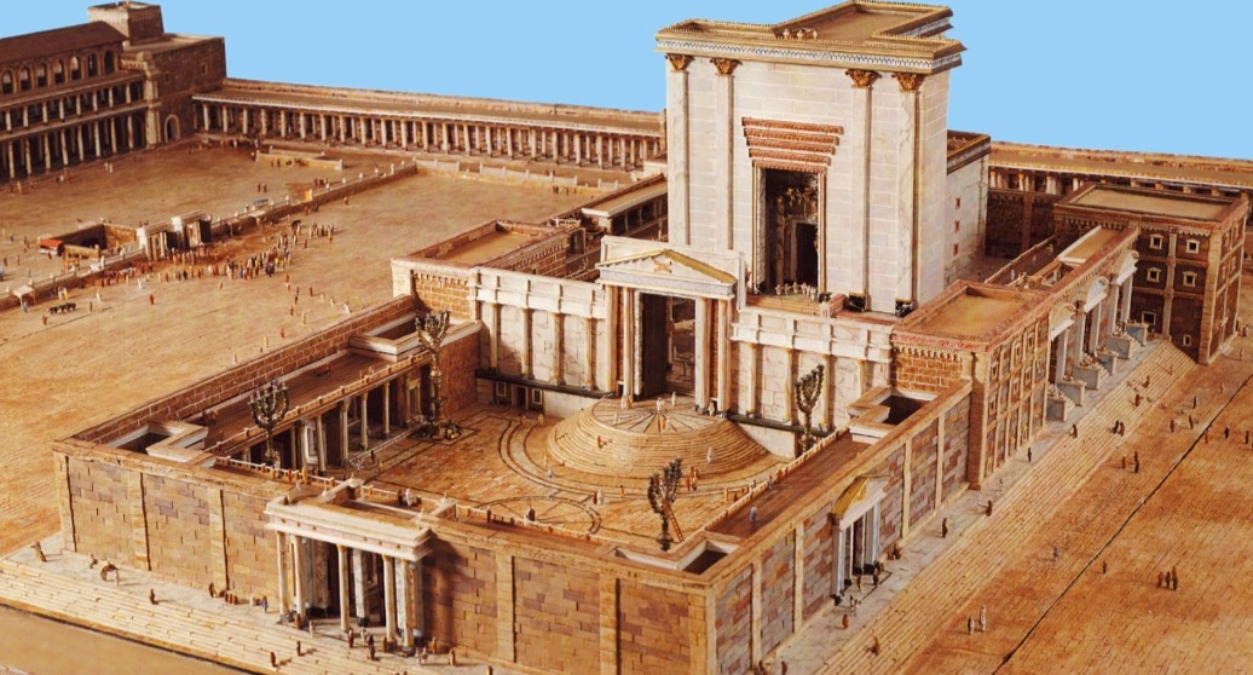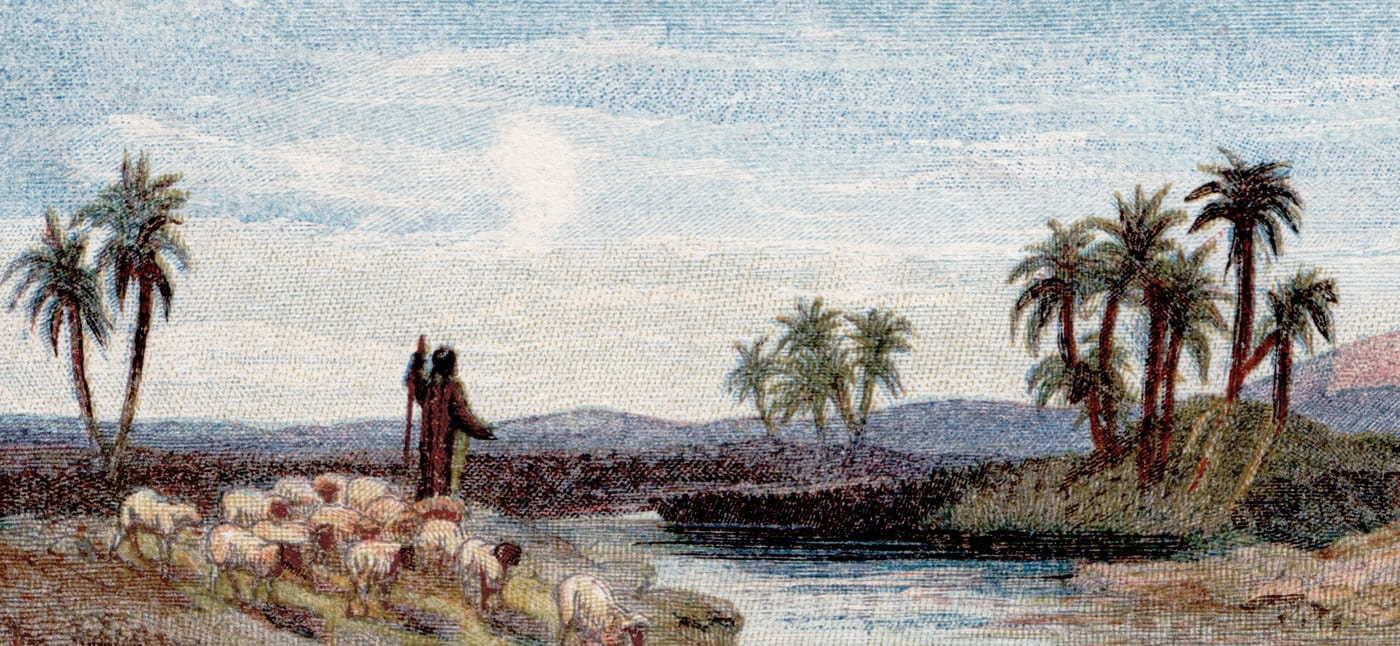THE PRINCE ALBERT Te Deum is a nineteenth-century Anglican choral mini-masterpiece which deserves to be better known. Prince Albert of Saxe-Coburg and Gotha (1819-1861) was, as you may know, the husband of Queen Victoria. Less well-known, though, is that he was also a fine Christian man and a generally multi-talented bloke. His was the genius that drove the Great London Exhibition of 1851, which led to the building of the Crystal Palace and many other London landmarks. And his remarkable talents extended into music.
David C. Mitchell
Why Are There Fifteen Psalms of Ascents?
WHY ARE THERE FIFTEEN PSALMS OF ASCENTS?
There are fifteen Psalms of Ascents. And there are several very good reasons why there are fifteen of them. Here’s fifteen fun facts about the Psalms of Ascents.
Messiah ben Joseph: A Sacrifice of Atonement for Israel
Does Messiah ben Joseph die as a sacrifice of atonement? Scholars say no. But I believe that is a misconception which we should challenge.
I have recently addressed common misunderstandings about Messiah ben Ephraim ben Joseph, the eschatological Ephraimite king who is slain before the coming of Messiah ben David.[1] In particular, I have proposed, contrary to current opinion, that his essential characteristics derive from Deut. 33:17 and so predate the turn of the era.[2]
I would now like to challenge another popular misconception: that is, the widespread claim that Messiah ben Joseph’s death has no atoning power.
Firstborn Shor and Rem: A Sacrificial Josephite Messiah
Two mysterious bull figures, a firstborn shor and a rem, feature in 1 Enoch 90 and in Deuteronomy 33. All agree that the figures in 1 Enoch speak of the Messiah. But what about those in Deuteronomy? Could they be about the Messiah too? Here I argue that they are. In fact, they speak about a Josephite Messiah, that is, a Messiah ben Joseph.
Messiah ben Joseph in the Talmud: Rabbi Dosa & the Rabbis Differ
There are three references to Messiah ben Joseph in the Talmud. They all appear on a single page of the Babylonian Talmud, Sukkah 52. This paper discusses the interpretation and dating of these texts.
A Dying and Rising Josephite Messiah in 4Q372
What is the Dead Sea Scrolls Text called the Joseph Apocryphon (4Q372) really about? I propose here that it is about a dying and rising Josephite Messiah.
A Josephite Messiah in 4QTestimonia
It is generally recognized that Messianic belief at Qumran was not rigid. Some texts witness to two deliverers. Others are thought to have three: priest messiah, king messiah, and prophet [1]. I wish to suggest here that one text, so far understood as having three deliverers, has in fact four deliverers, and one of them is a Josephite Messiah.



